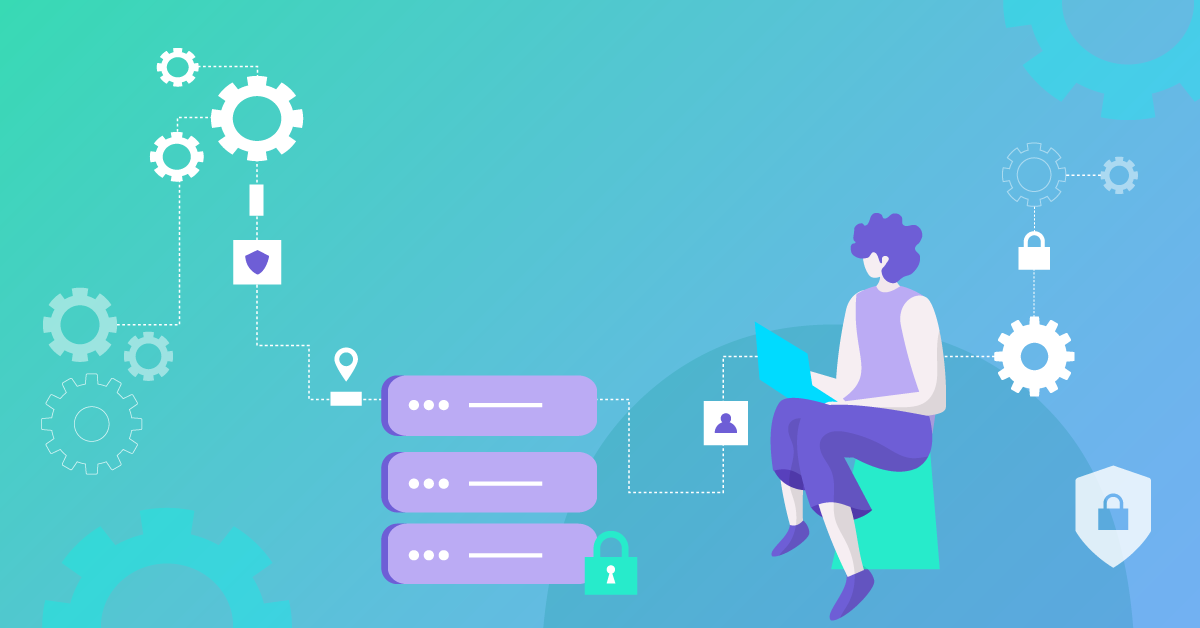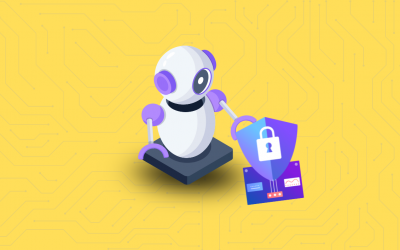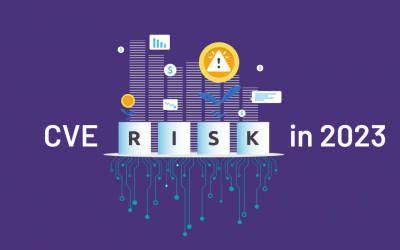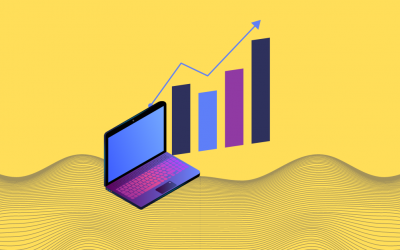Until a few years ago, security teams focused on enhancing the end-user experience with basic controls for access management, identity management, user provisioning, and more. Over time, these controls became insufficient. Governing bodies introduced compliance mandates.
Firewall audits, anti-malware solutions, central security controls, log management, access reviews, endpoint security and the like became part of the cybersecurity process. Gradually, as the complexity of threats increased, cyber defense and protection became a critical component of organizations.
The Current State of Cybersecurity
The advent of new technologies such as artificial intelligence/machine learning (AI/ML), robotic process automation (RPA), cloud computing, and no-code or low-code platforms, has been changing the way organizations deliver their offerings. At the same time, cybercriminals are leveraging technological advancements to launch sophisticated attacks on enterprises. They are successfully injecting advanced ransomware, bots, and phishing technologies into private networks via enterprise applications, internal communication channels, and the Internet.
Due to the pandemic, enterprises are increasingly shifting to remote work models. Business partners, vendors, employees, and customers are accessing enterprise information and applications on personal devices. The expanding threat landscape is making it easier for hackers and cybercriminals to plan and execute attacks. Organizations are finding it extremely challenging to manage cyber risks and threats with a single centralized security team. Due to this difficulty, quite a few organizations are moving toward a model that puts the onus of cyber protection on multiple teams — application development teams, security testing teams, and so forth. Business leaders are working toward driving a cyber risk-aware culture across the organization. There is an increased focus on collaboration and best practice sharing across the IT community to effectively fight against cybercrimes.
The increasing complexity in attacks signals the need for a cybersecurity upgrade. It is time enterprises invested smartly in protecting their IT assets and infrastructure.
Key Cybersecurity Challenges
Enterprises have been deploying firewalls, antivirus protection, intrusion prevention systems (IPS), proxy servers, and various other security tools to protect their applications and data. They have set up security operations centers (SOCs) to handle the constantly evolving, complex threat landscape. However, they are still falling short and grappling to address certain cybersecurity challenges.
Expanding Threat Landscape
There is a sharp rise in malware installations, ransomware, phishing attacks, distributed denial of service (DDoS), and other cyberattacks. Quite a few organizations are struggling to implement 24-hour security monitoring and response — to respond to these increasing cyber threats.
Skills Shortage
Human resources or cybersecurity experts are required to effectively fight the surge in cyberattacks. Despite this need, the number of open positions in the area continues to rise. Cybersecurity teams are overworked and stressed due to a lack of skilled security analysts, architects, cybersecurity engineers, and security testing and cloud application testing professionals. Organizations are striving to bridge the widening skills gap. Automation, Artificial Intelligence/Machine Learning (AI/ML), bots, and other new technologies can help reduce manual effort and burden on specialists while improving threat detection accuracy.
Regulatory Compliance
Quite a few application development teams have expertise in developing code, but not in code security. Full compliance with IT security standards such as OWASP, PCI, and NIST is a must. Organizations are nevertheless finding it difficult to secure their code at every stage and stay compliant. Investing in a solution such as Kiuwan Code Security – SAST can help organizations adhere to even the most stringent security standards. With automated code scanning, the solution can ensure quick vulnerability detection and remediation.
How Will Cybersecurity Evolve in 2022 and beyond?
Cyber attacks have been impacting company reputation and revenue. Hence, it is important to drive a culture of security and embed it in every process, project, and application. The c-suite and teams responsible for protecting the organization’s assets should be aware of cybersecurity trends and work toward maintaining their networks’ security.
A Rise in Social Engineering Attacks
Cybercriminals are exploiting the COVID-19 crisis and sending out pandemic-themed phishing emails that look legitimate. This trend will become more advanced. Cybercriminals will use emergencies, news, and current trends to lure victims into clicking dangerous links or to gain access to critical and sensitive information. They will create a sense of urgency or use personal details as bait. Aware and alert employees can help protect their devices and the organization against such attacks. A combination of network detection and response (NDR) and security information and event management (SIEM) technologies will help enterprises detect the entry and source of malware.
A Focus on Internet-Facing Vulnerabilities and Cloud Application Security
Cybercriminals will invest more effort into targeting Internet-facing and cloud-based infrastructure. Hence, enterprises too will need to work more on safeguarding these assets. They will need to upgrade their cybersecurity systems, establish a patching policy, and run vulnerability scans regularly. A strong vulnerability management program focused on fighting both known and unknown attack vectors will be helpful. While granting user access to enterprise assets, organizations will increasingly adopt the least-privilege principle and multi-factor authentication.
Cloud Application and Open-Source Code Testing
The adoption of cloud technology and the use of open-source components bring along security vulnerabilities and various other problems — obsolescence, licensing issues, and policy compliance issues. Finding an all-in-one solution to identify open-source and third-party components in applications, detect and analyze security risks, and avoid obsolescence with automated alerts is still a challenge for many teams. Kiuwan’s Insights Open Source product can help. It will enable enterprises to mitigate risks from third-party components, address vulnerabilities, and take care of license compliance too.
Increased Adoption of the Zero-Trust Network
Organizations have begun seeing value in the zero-trust network approach (ZTNA). It helps ensure security is consistently strong across the network. With ZTNA, enterprises will make sure the identity of every person and device trying to access their network and assets is verified. With the right data classification, round-the-clock monitoring, powerful security controls, and quick incident resolution, organizations can protect their data and resources from external as well as internal threats.
An Upgrade in 5G and IoT Security
ZTNA in combination with Gartner’s continuous adaptive risk and trust assessment (CARTA) strategy can help address the 5G attack surface. Systems and devices are also becoming increasingly connected due to the rise in popularity of the Internet of things (IoT). Most of these connected devices are not secured enough and bad actors will continue to take advantage of their security vulnerabilities. As IoT network hacking becomes common, there will also be an upgrade in threat detection and response tools to counter risks and attacks.
Embedding Security into Every Step with DevSecOps
Enterprises are encouraging continuous integration, continuous delivery (CI/CD) workflows, cloud automation, and DevSecOps to strengthen the security of their cloud-based applications. DevSecOps ensures every component and step in the SDLC — from the start to finish — is secured. The approach will reduce complexity, save time, and protect organizational assets from security breaches, data leakage, and other cloud security issues.
Reduce Cybersecurity Risks
Kiuwan offers two code scanning solutions for devsecops: Static Application Security Testing ( SAST) and SCA software insights. Both these security solutions help protect your web application against security threats while simultaneously managing the open source risk of your web application.
Still not convinced? Perhaps you’ll change your mind once you find out Kiuwan and its solutions fully comply with the best IT security standards today. These include CERT, NIST, and OWASP, just to name a few.




